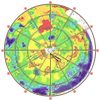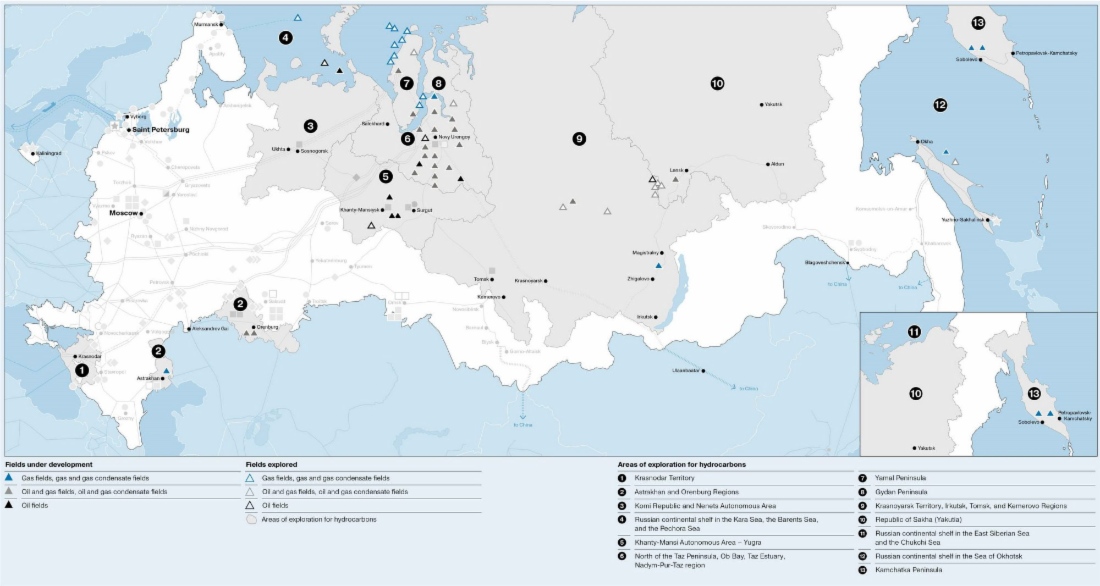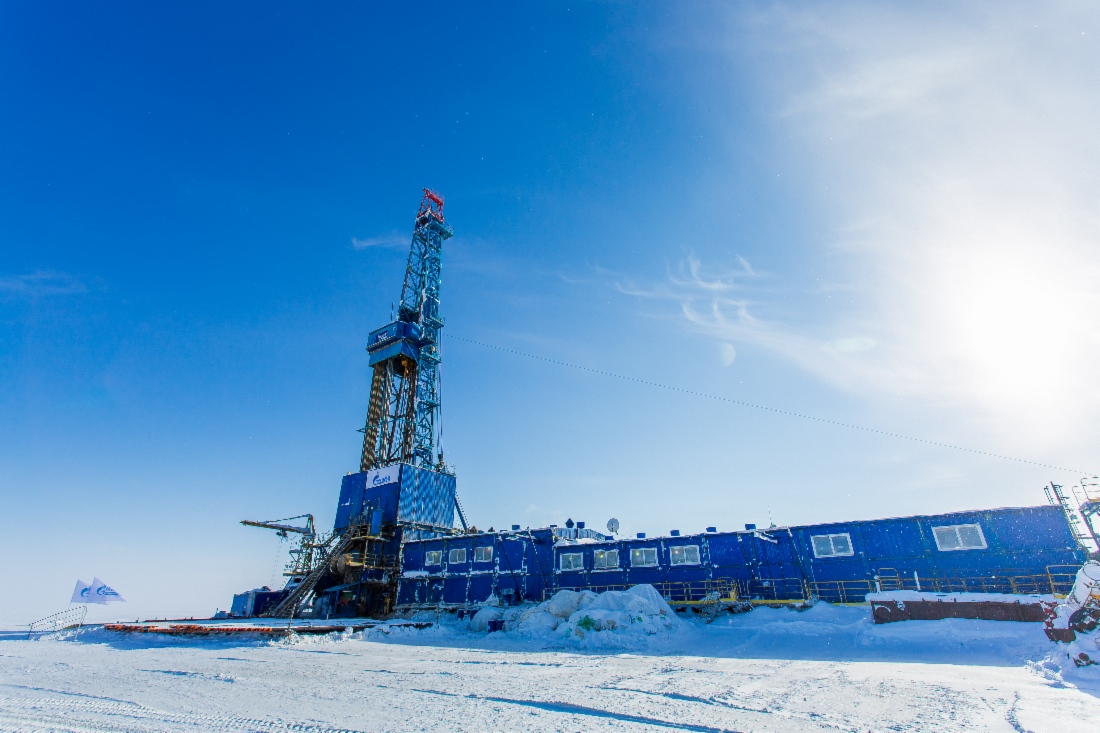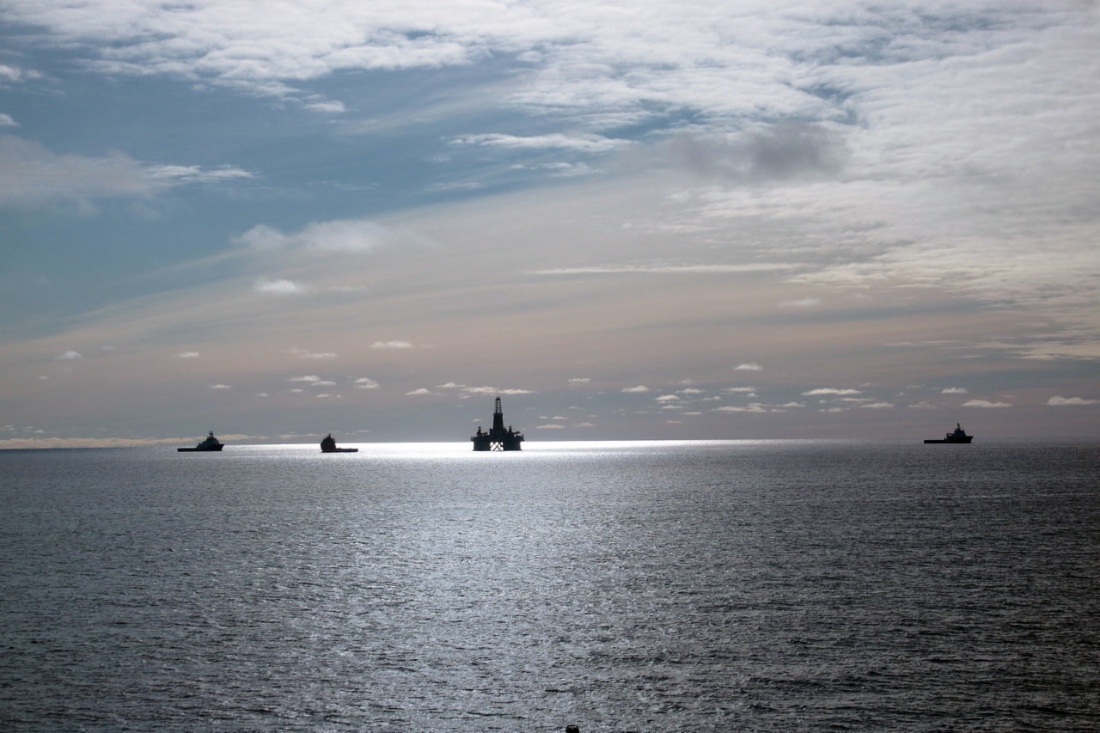Gas and oil reserves
Gazprom holds the world’s largest natural gas reserves. As of December 31, 2023, the Group’s domestic A+B1+C1 hydrocarbon reserves (under Russian standards) amounted to 27,747.4 billion cubic meters of gas, 1,243.5 million tons of gas condensate, and 1,748.2 million tons of oil.
In order to replenish its resource base, the Gazprom Group carries out geological exploration in Russia and abroad, as well as continuously monitors new projects and assets eligible for purchase.
In 2023, the A+B1+C1 hydrocarbon reserves of associated companies and joint ventures within the share of the Gazprom Group stood at 1,659.30 billion cubic meters of natural and associated gas, 153.60 million tons of gas condensate, and 751.90 million tons of oil.
Geological exploration
The main objectives of geological exploration performed by the Gazprom Group are to replenish the extracted hydrocarbons with commercial reserves and to prepare the feedstock base in promising regions. The growth rates of the Company’s natural gas reserves have been surpassing the production rates since 2005.
In 2023, the reserves replacement ratio was 1.15 for natural gas and 1.31 – for oil and gas condensate.
Gazprom operates in almost all of Russia’s oil- and gas-bearing regions. In 2023, the Group allocated a total of RUB 89.4 billion for the geological exploration of domestic hydrocarbons.
Throughout 2023, the additions in A+B1+C1 hydrocarbon reserves as a result of geological exploration in Russia amounted to:
- 411.6 billion cubic meters of natural gas;
- 87.8 million tons of oil and gas condensate;
The biggest addition in gas reserves was achieved at the Malyginskoye field in the Yamal Peninsula, the Kovyktinskoye field in the Irkutsk Region, the 75 Years of Victory field on the shelf of the Kara Sea, as well as at the Verkhnevilyuchanskoye and Tas-Yuryakhskoye fields, the satellites of the Chayandinskoye field within the new Yakutia gas production center.
| Year ended December 31 | |||||
|---|---|---|---|---|---|
| 2019 | 2020 | 2021 | 2022 | 2023 | |
| Exploratory drilling, thousand meters | 201.7 | 162.0 | 112.3 | 185.8 | 140,3 |
|
Number of constructed exploratory wells |
41 | 34 | 31 | 42 | 29 |
|
including producing wells |
39 | 27 | 29 | 40 | 23 |
|
2D seismic survey, thousand linear kilometers |
15.0 | – | 1.8 | – | – |
|
3D seismic survey, thousand square kilometers |
7.9 | 5.9 | 7.8 | 10.1 | 2,8 |
Mineral resource base development program
The resource base development strategy of the Gazprom Group aims to maintain the balance between reserves growth and hydrocarbon production, as well as to ensure enhanced resource replenishment in the future.
In June 2011, the Gazprom Management Committee approved the Gas Industry Mineral Resource Base (MRB) Development Program until 2035. The Program envisages the enhanced replenishment of the mineral resource base with due consideration of the changes in the reserve structure and the shift of the gas production centers to the new regions: the Yamal Peninsula, Eastern Siberia, the Far East, and the Russian continental shelf. The Program will provide for the addition of about 20 billion tons of fuel equivalent between 2011 and 2035.
The document places great emphasis on research, development and design activities, which will help dramatically improve the efficiency of prospecting and exploration at new hydrocarbon fields and deposits.







